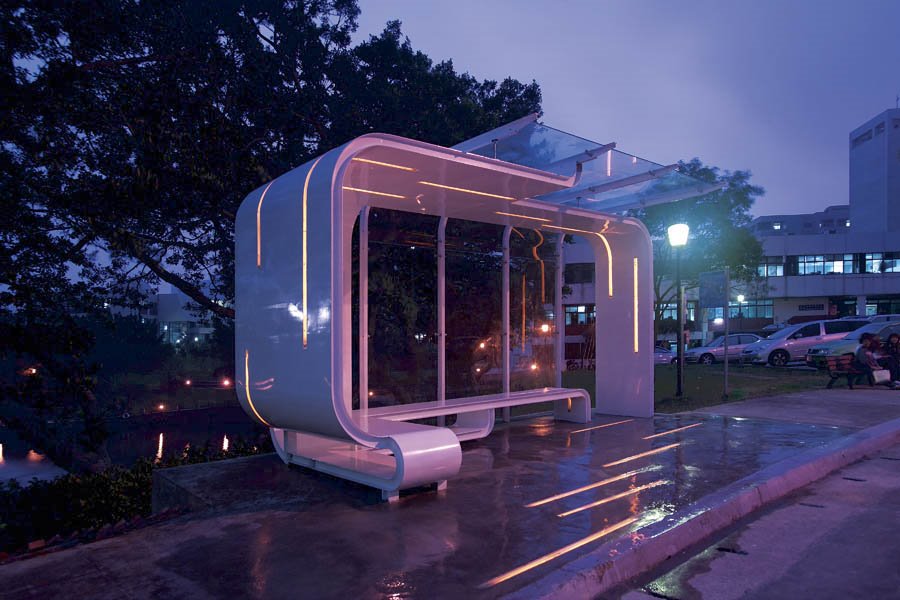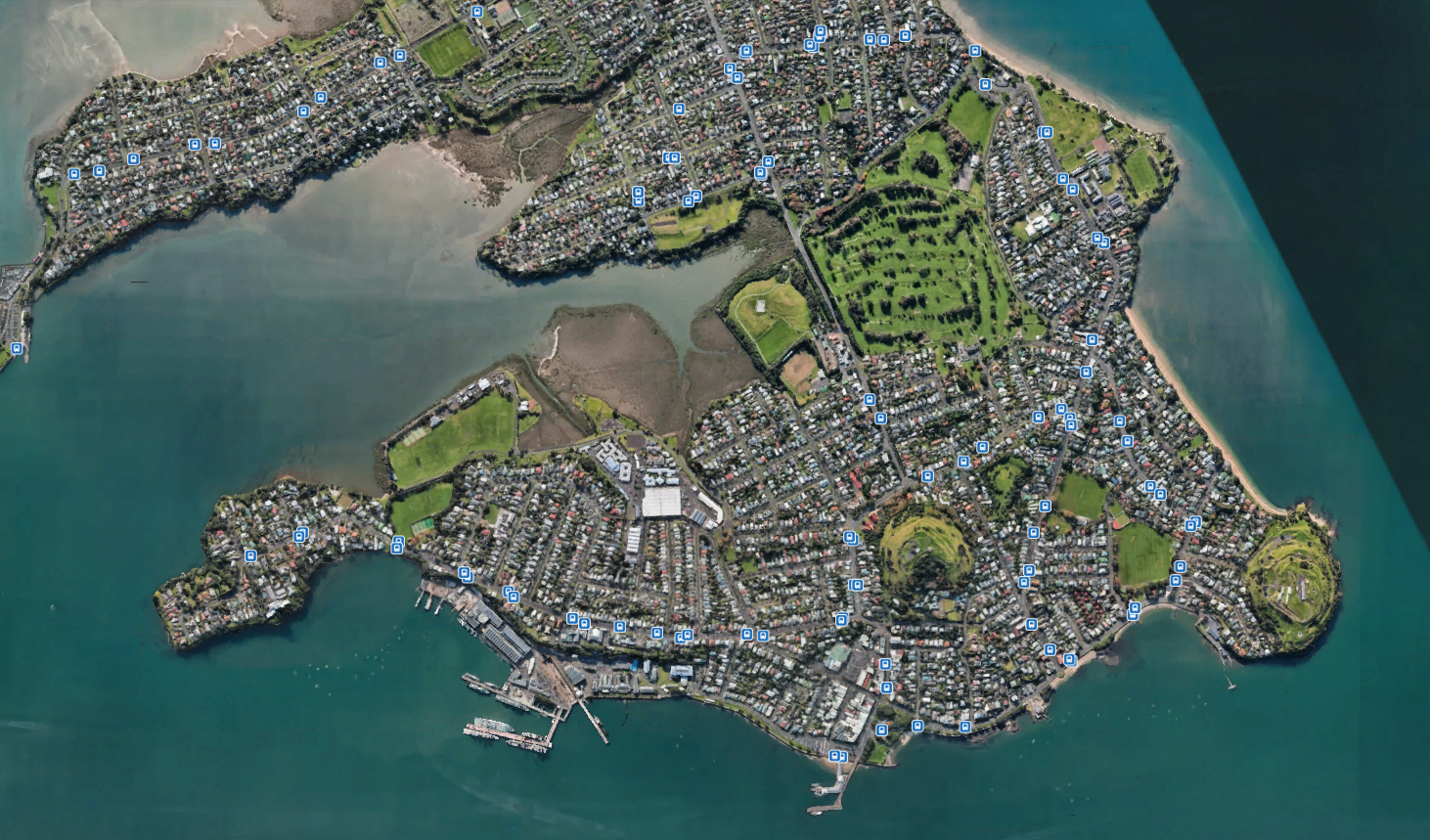NZTA and the Ministry of Transport have announced a region wide pilot of a revolutionary new transport concept known as Shared Mobility Macrotransit.
The new system, known as ShaMM, integrates big data and predictive network optimisation to deliver a network of transit connectivity operating a regionwide web of trunk and node mobility services.
ShaMM relies on a pre-predicted offline network routing algorithm, where decisions on optimal route allocation are made in advance based on a combination of multiple-data-stream historical analysis enhanced with flexible-logic planning heuristics.
Ministry of Transport technology spokesperson Hugh Briss said “We know that hypothetical tech is the answer to every transport problem, big or small. The cutting edge ShaMM tech will allow Aucklanders the flexibility to travel wherever and whenever the want, without contributing to traffic congestion or even needing a personally owned private car. ShaMM is nothing short of a revolution for urban mobility systems, and will change the very shape of Auckland”
Mr Briss explained: “The killer app of the ShaMM mobility service is the integration of hard infrastructure vehicle systems for core macro network capacity, and flexible on-demand ambulatory transport for first-mile last-mile micro connectivity. You don’t need your own vehicle waiting, it’s the gig economy for transport”.
However, some remain unconvinced. International public transport guru and amateur botany enthusiast Max Headway was critical of the proposal, suggesting that “the problem with these sorts of tech solutions is that they are too focused on basic geometry; instead of realistic, practical solutions like personal drones and driverless micro transit”.
NZTA reports that the macro sized shared mobility vehicles will be able to support dozens of passengers at a time, optimising vehicle occupancy and fleet resource utilisation by targeting the trunk route segments to share mobility service costs among multiple users.

The ShaMM vehicles will have a dedicated semi-autonomous guidance operator, with a primarily visual neural processing system, backed up with secondary auditory and haptic feedback circuits. The operator is capable of fully autonomous object avoidance as well as active localised rerouting in response to disruptions. The vehicles feature an integrated on-board energy storage and motive power delivery system, that allows them to operate independently of their base depot for up to twelve hours without replenishing energy reserves. The interiors will feature USB ports and Wifi connectivity, and may include seats.

Distributed access nodes will be delivered throughout the Auckland region, with a network access point within 500m of 90% of residences and workplaces in the city. Users can identify access nodes using a range of mobile apps, web services, or physical orientation identifiers located at each access point. Once the user has accessed the ShaMM macrotransit network they can use mobile apps or onboard data display systems to plan a journey to any other point on the network.

User access charges will be automatically calculated based on a matrix of origin and destination cost rates, and can be authorised using an account based contactless radio frequency payment system. This will supported by a secondary redundant fare reconciliation pathway based on an existing exchange media with widespread market penetration, comprised of low value metal tokens and higher denomination plastic vouchers.
Hugh Briss noted “ShaMM is simply the greatest contribution to urban transport since the development of the bus”.

 Processing...
Processing...
Nah ShaMM sounds like more of a Shelbyville idea…
An unfortunate acronym!
I believe in cities where this system is in use, one of the advantages has been energy saving through captured metabolic output of users. Another has been higher personal acquaintance measure scores.
No one seems to be talking about the people without smart-phones, the less tech savvy (kids, elderly, …), the blind who need some certainty as to where to catch the bus, or simply the non locals who might not have the keys to that. Also, the last mile problem is to be solved with hi tech, again, vs sedentary lifestyle and obesity crisis? How does that work?
On a tangent note… anyone in power, speaking of a miracle “solution for everything”, within the huge and increasing complexity of the cities, worries me mildly.
How about looking at what the date is and then reread the “article”
It was well written though… I didn’t get it until half way through… although the name of the system should have given it away!!
I thought the Ministry spokesperson Hugh Briss was a strong early clue.
No change then
April Fools I am guessing???
Its real and has been on trial in Devonport for a while now.
Good to see the Devonport map, and the high node density. This should indicate high user uptake, yes? 🙂
And low rates of whinging. #justkidding
Pity it really should be taken down at 1159.
Hehehe 🙂
Others have a few similar ideas:
NZTA’s new freeway network called SPIN – Single Person Infrastrcture Network
VW have a diesel engined car with a Low Intensity Emissions System (LIES)
I’m kind of relieved that this story came out yesterday and not today:
http://www.nzherald.co.nz/business/news/article.cfm?c_id=3&objectid=12017783
Actually reading that herald article for some reason made me realise what a game changer that one light rail line will be. Wynyard quarter will be properly connected to the CBD, there will be decent PT up Queen street, Queen street will finally be a nice place, Dominion road will be transformed, there will be many less buses in the CBD, Mt Roskill and Mt Eden will have fantastic connectivity to the city, the Mangere area will finally have decent PT, a whole bunch of areas will be opened up to densification. Oh and I guess the airport will have a decent PT link too.
Forgot to mention onehunga getting frequent rapid transit
Yes, I’m hoping this one project will shift resistance to change considerably.
+1, many people underestimate how many buses will be removed from the CBD. In effect you lose all Dominion Road buses, all City Links, and all Skybuses. That might be over 50 buses each direction in the peak hour.
Plus potentially some Mt Eden Road and Manukau Road buses too, if the LRT is successful at providing a better service from the southern parts of those catchments.
However in reality it probably won’t be many less buses in the CBD, it will simply create some room for other crowded bus routes to run more frequency, which is obviously a big win nonetheless.
+1, I thought about the parallel routes but came to the same conclusion that demand would expand so much that no buses could be removed. It will be awesome to see what happens when we can get 50 more buses on other routes. Maybe GNR/NNR will need to take the extra capacity for the Unitec development?
I’m just trying to cope with Easter Sunday & end of daylight saving let alone this!
Great april fools post. Love the use of ‘ambulatory’
Isn’t this article supposed to be taken down after midday?
I’m seeing this epic ad again https://youtu.be/75F3CSZcCFs but with Devonport’s scenery
i go to bed laughing. Thanks.
Just saw this one and the combination of mobility, macrotransit and talk of trunks and nodes made me think it was announcing some kind of “New Network” to serve the people who use mobility taxis, only with even more gobbledegook language than usual. There’s an award for writing like that… then I saw the publication date. Well done.